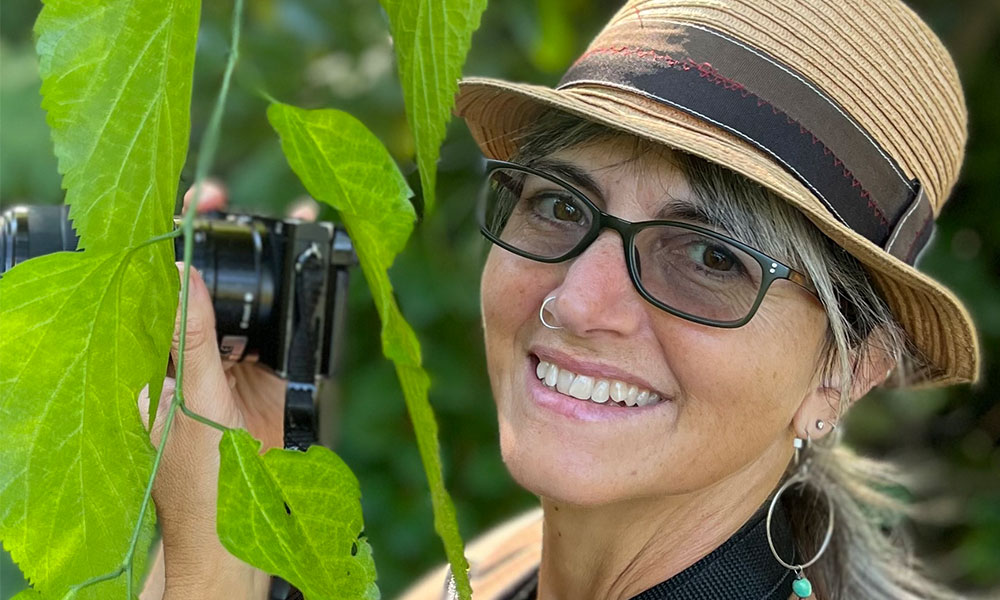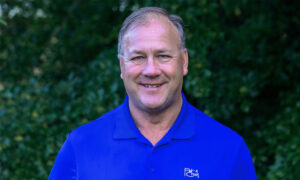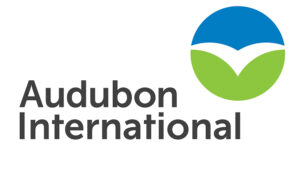This column features recollections of the author’s 36 years as a golf writer. These installments stem from his many travels and experiences, which led to a gradual understanding that the game has many intriguing components, especially its people.
My friend Roniq Bartanen is a certified interpretive guide, native plant advocate, and a well-known birder. A talented photographer whose subjects extend beyond feathered creatures, she’s responsible for all the images in this story. The Seattleite has traveled far and wide, with visits to Iceland, Mexico, Portugal, Sri Lanka, Costa Rica, Philippines, Indonesia, Ecuador and the Galapagos Islands, Canada and various other international “hot spots” to study birds. She’s also made birding trips to the desert Southwest, Texas, Ohio, Oregon, Pennsylvania, and various states in the Northeast. She’s also a longtime member and volunteer for Birds Connect Seattle (formally known as Seattle Audubon).
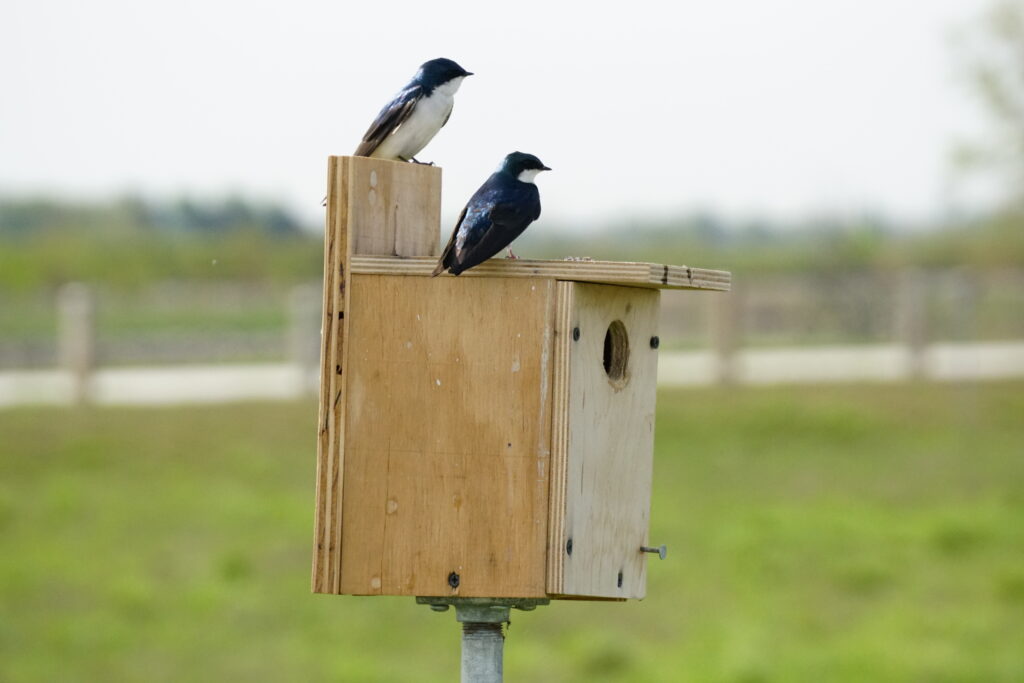
Though not a golfer, she appreciates the green spaces that courses provide as well as efforts by superintendents to protect and enhance wildlife habitats. Bartanen has worked long hours to create a “birdscape” in an area behind her condominium building in a densely populated neighborhood in northeast Seattle. That includes introducing native plants so birds and other pollinators can safely feed and find fresh water in a pesticide-free environment.
Many superintendents have already taken steps to introduce more birds, bees, butterflies, and other pollinators at their golf properties. Established in 1987, the Audubon International’s Cooperative Sanctuary Program (https://auduboninternational.org/acsp/) offers specific guidelines for golf courses to qualify for its highly desired certification. It now claims 1,000 courses worldwide as ACSP-certified.
Related: Audubon Cooperative Sanctuary Program for Golf Courses: More Relevant than Ever
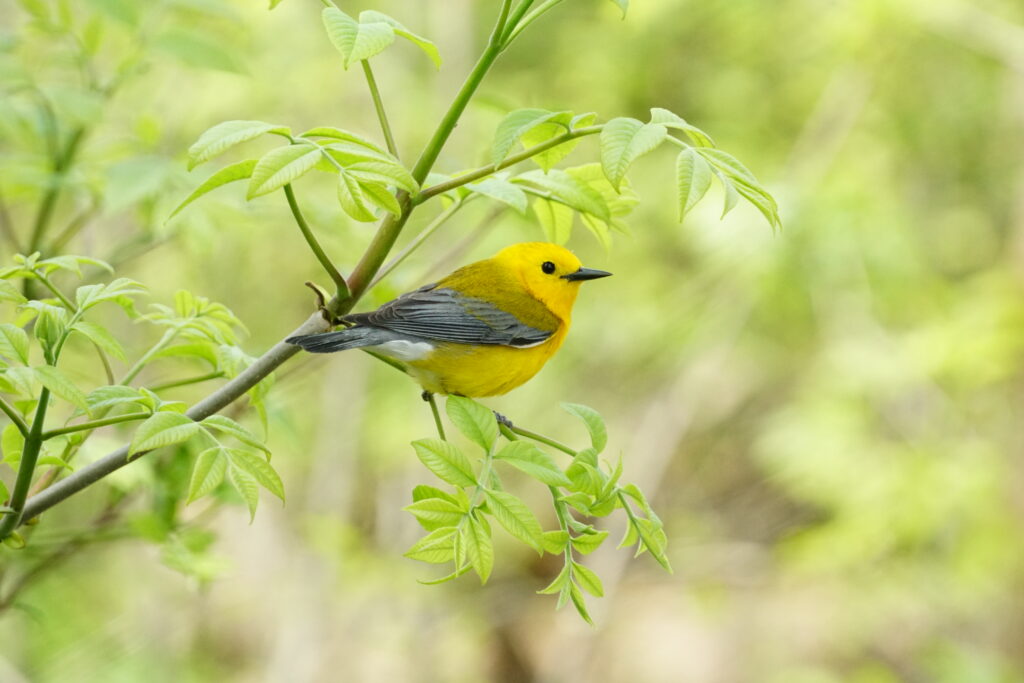
Its board of directors is comprised of national wildlife conservation figureheads and several leaders in golf, including chairman Henry DeLozier, a past president of the National Golf Course Owners Association; Rich Katz, the head of Buffalo Communications; Matt Ceplo, a certified golf course superintendent; Dan Murphy, president of Bridgestone Golf; James Singerling, former CEO of the Club Managers Association of America; and Bryan Stromme, vice president of Century Golf Partners and Arnold Palmer Golf Management.
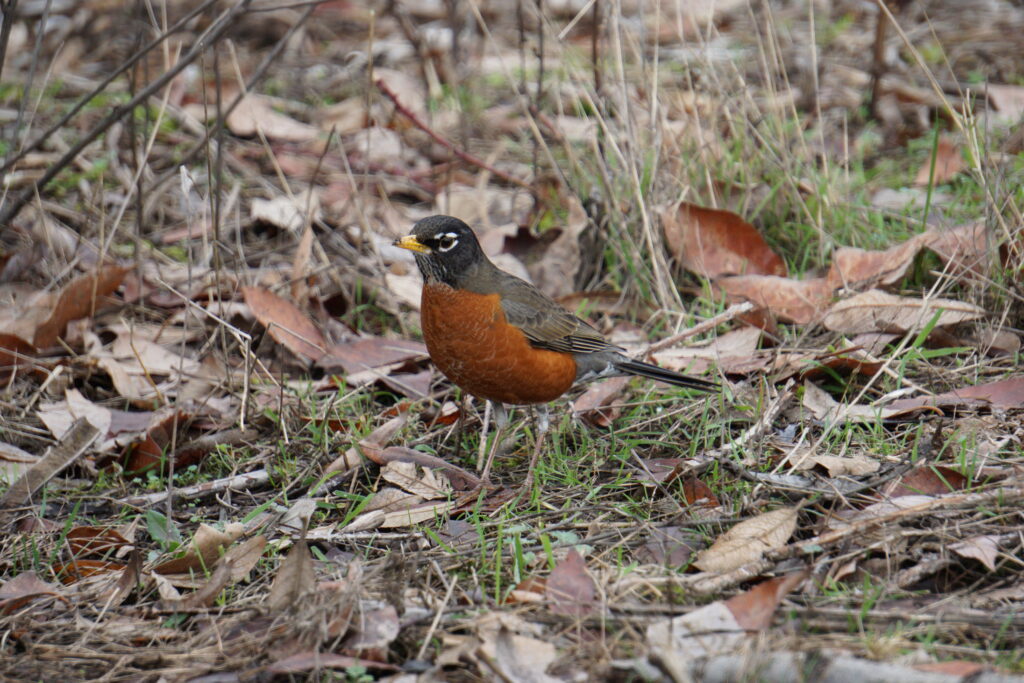
Among the procedures involved in earning Sanctuary status are changing the public perceptions of golf courses; creating rain gardens as wash-pad alternatives; utilizing native landscaping to help conserve water; aerators to improve water quality; demonstrating environmental and economic benefits through naturalization; the development of a site-specific equipment wash-water recycling system; and managing mosquitos.
The first U.S. university golf course to qualify for Audubon International Sanctuary status is the University of Missouri’s A.L. Gustin GC in Columbia. It features 15 out of-play acres of dedicated pollinator and wildlife habitat. Beginning with 26 eastern bluebird houses at the 125-acre course, superintendent Isaac Breuer and director of golf operations, Jim Knoesel, added deep-rooted native wildflowers; added six beehives; formed a cooperative work relationship with the St. Paul, Minnesota-based nonprofit Quail Forever on the selection of plant species; held youth seed-planting days for public outreach; and saved thousands of dollars by reducing water, mowing and fuel costs. Since the birdhouses were built in 1994, facility staff has counted 3,150 fledglings on their “bluebird trail.”
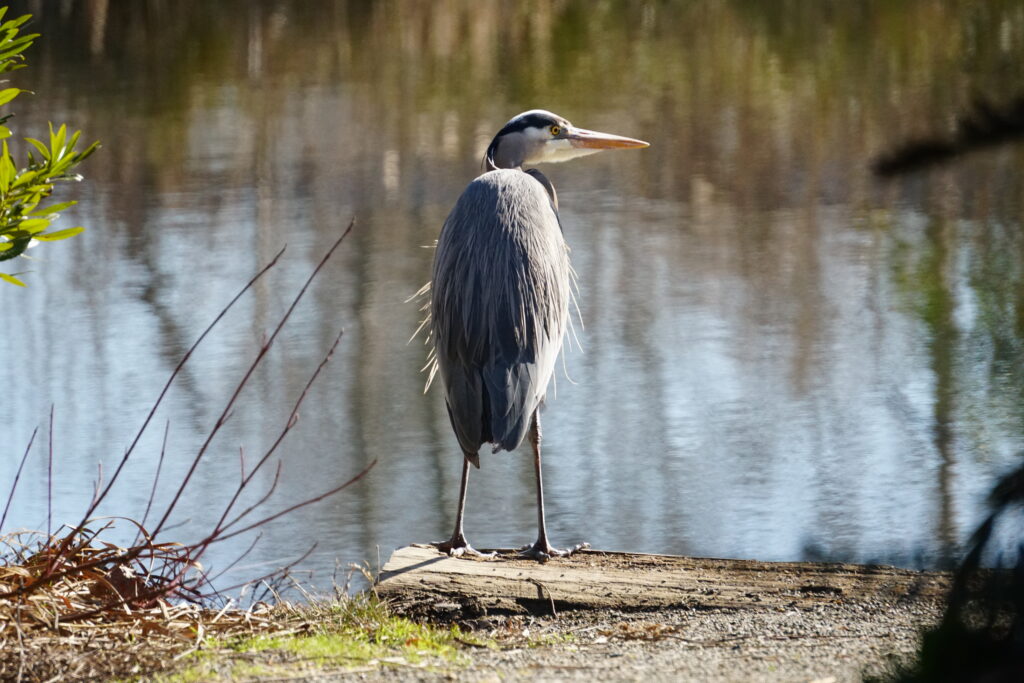
The following is my Q&A with Bartanen. While identifying major but preventable threats to bird life, she offers tips for superintendents to sustain bird habitats on their golf courses. In her latest blog post she wrote about a recent visit to the Palm Springs area. (https://shebirds.com/blog/f/birdies-and-bobcats-can-be-par-for-the-course?blogcategory=Birds+and+Birding)
While in the California desert, Roniq was very impressed with the conversion of the former Mesquite Golf & Country Club into a 110-acre nature preserve. The property was purchased in 2018 by the Oswit Land Trust, which converted former cart paths into handicap-accessible walking trails while retaining existing landscapes to enhance native vegetation and wildlife. Instead of lush green fairways, Prescott Reserve is now a natural centerpiece for the people living in the 600 condominiums surrounding it.
Here’s what Bartanen had to say about what can be done to help birds thrive on golf courses.
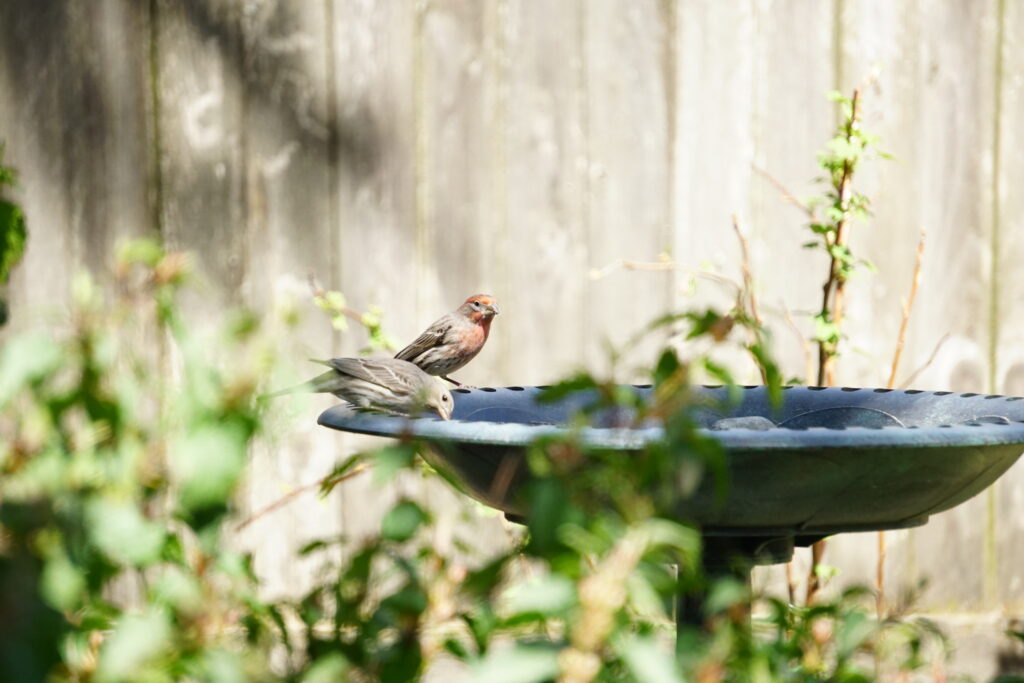
Jeff Shelley: What basic steps can golf course superintendents take to enhance resident bird populations?
Roniq Bartanen: There are several steps, including:
- Refrain from unnecessary pesticide use.
- Leave leaf litter for overwintering insects and caterpillars to hide in and create a major winter food source for birds. This can be done in select areas while the rest of the course can be kept more cleaned up looking. Using leaf blowers at close range blasts air at 150-190 mph, killing insects that could have been bird food. Refrain from leaf blowing wherever possible. Raking leaves into piles provides leaf litter for overwintering insects that birds can feed on.
- Include logs, stumps, and brush piles in the landscape. This creates shelters (from weather and predators) and an insect habitat where birds can feed.
- Include snags in the landscape as “wildlife trees.” Birds and mammals use snags for nurseries, nests, feeding areas, storage, perching and roosting.
- Plant “keystone” species. These are plants, shrubs and trees which are top choices for butterflies and moth caterpillars. Caterpillars are the No. 1 food source for birds and their fledglings. Recommended trees for enhancing birdlife include native oaks (Oregon white or Garry oaks), chokecherry, maples, crabapple, willows, alder, pines, birch, fir, hemlock, blueberry, and cranberry. Top plants/shrubs include rose, hawthorn, serviceberry, lupin, dogwood, ash, sagebrush, and goldenrod.
- Provide a healthy and clean water source for birds to bathe in and drink. They need this all year round for their health!
- Prevent window strikes by using bird-friendly glass that birds can see. Birds’ vision is different than humans. Trees reflected in glass seem like places to fly into and land, which causes window strikes that kill an estimated 1 billion birds a year.
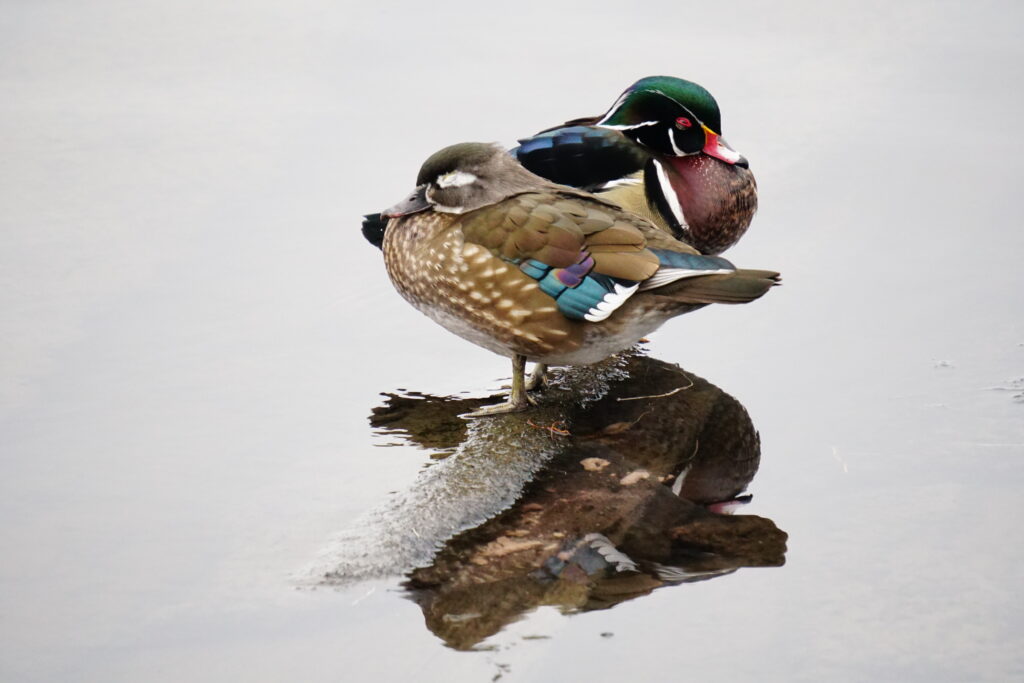
JS: As a bird expert, do you have any simple tips they can use?
RB: See above, but also:
- Add native plants. Exotic or introduced plants don’t support insects, which create a food “desert” for birds, bees, and other pollinators.
- Keep cats indoors. Outdoor cats kill an estimated 2.4 billion birds every year!
- Vote! Use your voice and the power of voting to support political candidates and policies that provide protection for birds and their habitats. Also, support conservation efforts.
- Purchase bird-friendly coffee that supports farmers and organizations that are farming in a way that supports bird populations. Traditional coffee farming involves clearcutting trees and planting a ‘mono’ crop of coffee beans in their places. By supporting “shade-grown” coffee, existing trees are left standing and coffee shrubs are planted underneath. Preserving tree canopies provides a vital habitat for migratory and resident birds in tropical landscapes. These landscapes are threatened by global deforestation at an alarming rate. Make sure that your shade-grown coffee is certified “Smithsonian Migratory Bird Center,” the highest standard.
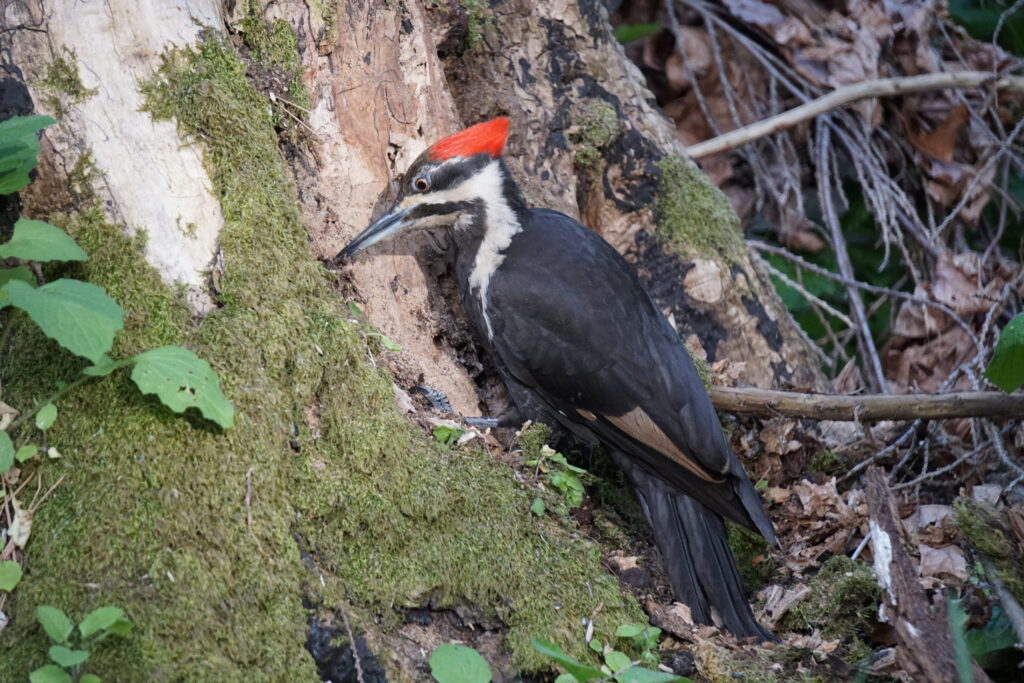
JS: In general, are there particular seasons when bird populations need extra protection?
RB: Bird species have declined by 3 billion (one in four birds since 1970) according to a 2019 study in the journal Science. Habitat loss, climate change, pesticide use, insect decline, outdoor cats and glass skyscrapers have all contributed to this. They need our help ALL the time.
I also asked Roniq for bird equivalents of the golf hat sayings mentioned in my previous column. Here are a few of those she’s seen that are proudly displayed on the hats, tee shirts and bumper stickers of birders. Some even have golf connections:
BirdNerd, Silly Goose, Toucan Play that Game, I Don’t Give a Peep, Egrets – I’ve had a Few, “I only bird on days ending with Y,” and Lucky Shrike.
For more about Roniq Bartanen and the practice of mindful birding, visit https://shebirds.com/.
Jeff Shelley has written and published nine books as well as numerous articles for print and online media over his lengthy career. Among his titles are three editions of the book, “Golf Courses of the Pacific Northwest.” The Seattle resident was the editorial director of Cybergolf.com from 2000-15. He also co-founded the Northwest Golf Media Association in 1995. For seven years he served as the board president of First Green, an educational outreach program that is now part of the Golf Course Superintendents of America and Environmental Institute for Golf.

